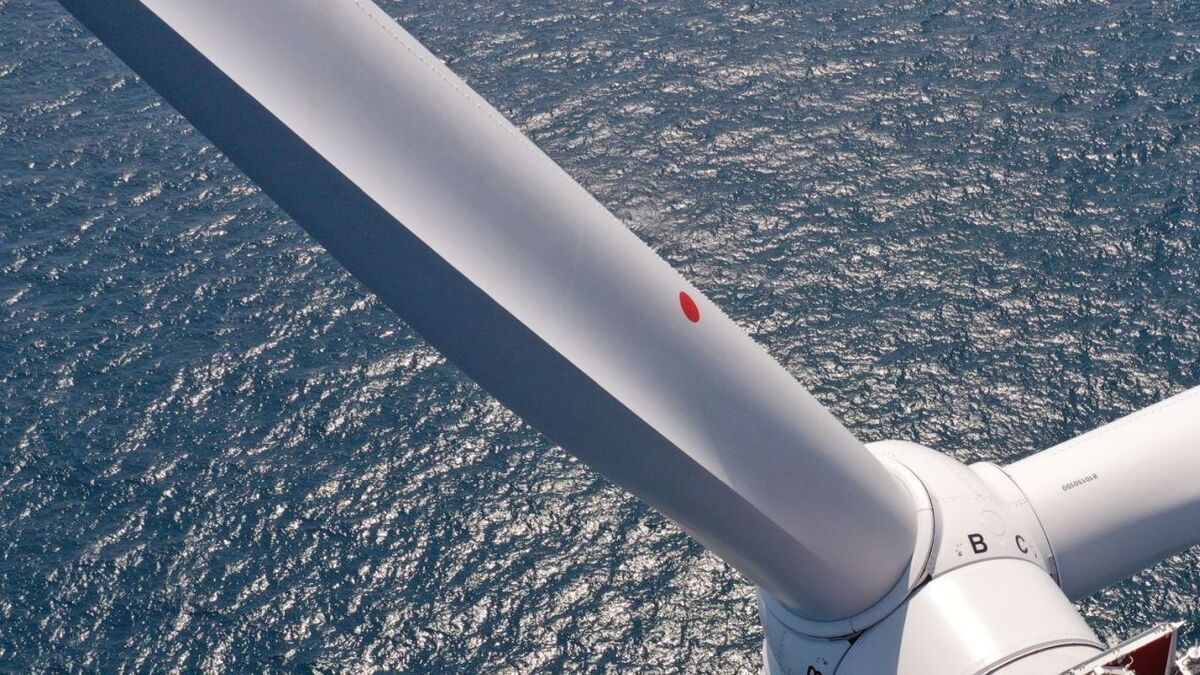IRA 2022 contains a raft of measures that will turbocharge the already fast-growing offshore wind industry in the US (source: Orsted)
Having passed the US Senate, and on 12 August 2002 the House, the Inflation Reduction Act of 2022 (IRA) – legislation that includes US$369Bn in investment in clean energy, including offshore wind – awaits President Biden’s signature
Responding to the historic legislation, Business Network for Offshore Wind president and chief executive Liz Burdock said, “The House passed the IRA with a resounding yes, showcasing the overwhelming support for a nationwide strategy to build out a domestic offshore wind supply chain.”
American Clean Power Association chief executive Heather Zichal said, “The IRA provides unprecedented multi-year policy certainty for clean energy. History was made in Washington today. After decades of failed attempts, passage of this bill marks the largest investment in domestic clean energy ever. Period.
“It also marks the point in time when the US decided to get serious about climate change; invest in innovation and manufacturing; create hundreds of thousands of new jobs; and ensure that America takes the back seat to no one in the race to deploy clean energy. This is truly an historic moment.”
American Council on Renewable Energy president and chief executive Greg Wetstone said, “We have waited many years for this moment. With House passage of the IRA, Congress has acted to address the climate crisis and accelerate the transition to renewable energy. For more than a century, our tax code has been weighted to promote fossil fuels, but now we’re just a presidential signature away from a level playing field that will unleash dramatic clean energy growth.”
Law firms analysing the bill highlighted a raft of measures that will boost America’s already fast-growing offshore wind industry. Robinson + Cole said the bill “reflects a substantial investment in the development of renewable energy, much of which relates to offshore wind and to related transmission infrastructure projects.
“While offshore wind is not the sole beneficiary of these legislative initiatives,” it said, “the impacts could be transformative.”
Another law firm analysing the bill, Vinson & Elkins, said the IRA “contains several measures to bolster offshore wind and allocates hundreds of billions of dollars to facilitate a clean energy transition.” The firm said numerous provisions in the bill relate to offshore wind and transmission and would “spur infrastructure development.”
Funding is included in the IRA for work on interregional transmission and development of transmission for offshore wind, increased grid interconnection, non-transmission alternatives such as energy storage, and a national transmission grid that includes a networked transmission system to optimise the interconnection of offshore windfarms. If developed, electricity from offshore windfarms could, in theory, be transmitted to any of the three interconnections of the continental US transmission system: the Eastern Interconnection, the Western Interconnection, and the Electric Reliability Council of Texas.
In addition to the existing investment tax credit for projects starting before 1 January 2026, the IRA provides a new clean electricity investment tax credit, designed to be phased out once greenhouse gas emissions reduction targets are achieved.
Further sections of the IRA could provide for a new tax credit for the domestic production of wind components and related goods such as installation vessels. For offshore wind vessels, the credit would be 10% of the sales price. For other offshore wind components, the credit would be a function of the type of component and the total rated capacity of the project, with credits available for blades, nacelles, towers, and offshore wind platforms.
Other elements of the bill could now see an expansion of the Outer Continental Shelf Lands Act to include the exclusive economic zone of US territories, including Puerto Rico, Guam and the US Virgin Islands. This would allow for the development of offshore wind projects in these areas. The bill instructs the Department of the Interior to evaluate applicable lease opportunities.
IRA 2022 will also see an end to a Trump-era moratorium prohibiting federal leasing on the outer continental shelf off the coast of the southeastern US. The National Ocean Industries Association also highlighted there will be an increase in staffing money for the Bureau of Ocean Energy Management (BOEM) and National Oceanic and Atmospheric Administration.
However, IRA 2022 does impose certain restrictions on the leasing of offshore wind development. During the 10-year period following enactment, BOEM would not be allowed to lease wind development unless the agency held an offshore oil and gas lease sale in the previous year that offered certain defined opportunities for fossil fuel development on the outer continental shelf.






